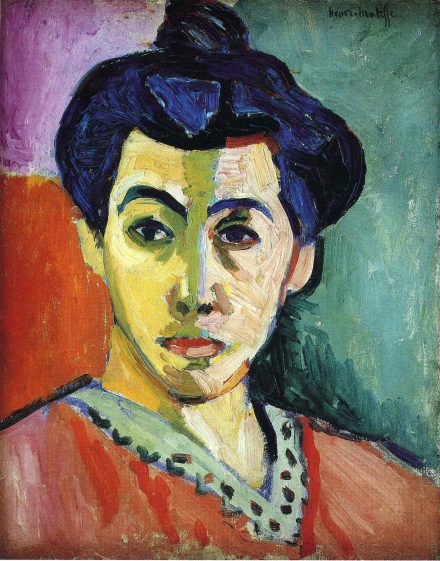For the Fauves, it really was all about the color! The word Fauvism comes from the French word 'fauve' which means 'wild animals’ and indeed this new modern art style was thought a bit wild with its strong vivid colors. The name, Les Fauves was actually first used as a derogatory remark about their work by French art critic Louis Vauxcelles. It referred to Matisse and the others’ choice of colors, indicating that their work was savage and primitive. Fauvism was a brief art movement made up of several young Parisian painters at the beginning of the 20th century.
Primarily a transitional movement, Fauvism came about as the art world shifted from the Post-Impressionism of Vincent Van Gogh, Paul Cezanne, and Paul Gauguin to the Cubism of Georges Braque and Pablo Picasso. Fauvism can be classified as an extreme development of Van Gogh's Post-Impressionism fused with the pointillism of Seurat and other Neo-Impressionist painters, in particular Paul Signac.
The Fauvists' painters never formed a movement in the strict sense of the word, but for years they would nurse a shared ambition, before each went his separate and more personal way.
Henri Matisse was the founding father of Fauvism. Matisse is regarded as one of the great formative figures in 20th-century art, a master of the use of color and form to convey emotional expression. The fauves did not attempt to express political statements, ethical opinions, or philosophical or psychological ideas in their paintings. Instead they painted subjects that invoked feelings of pleasure, joy and comfort.
